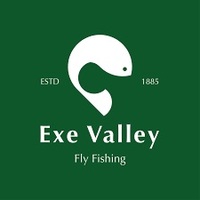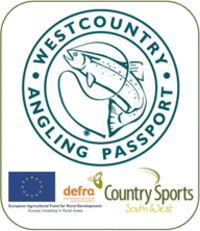


Local Sponsors
-
Exe Valley Fly Fishing
Exe Valley Fishery Exebridge TA22 9AY
Tucked in the beautiful headwaters of the River Exe, Exe Valley Fly Fishing has two lakes for fly fishing. They are well stocked with Rainbow trout that average 1.5 kg. There are also some monsters lurking! We are open all year round, 7 days a week.
-
Westcountry Angling Passport
Westcountry Rivers Trust. Rain-Charm House, Kyl Cober Parc Stoke Climsland PL17 8PH
The Angling Passport Scheme offers fishing for wild brown trout, sea trout, salmon, grayling and coarse fish in unrivalled surroundings. There are 29 beats available as Token Fisheries and also the extensive Dartmoor Fishery on the East and West Dart and tributaries. In addition, Westcountry Angling Passport tokens can be used at all of the South West Lakes Trust Fisheries and also on most of the other Passport Schemes around the UK. Tokens are bought in books of 10 valued at £3 per token with Token Fishery beats ranging from 2 to 5 tokens per angler per day. The Dartmoor Fishery operates on a day, week or season ticket basis starting at £10 for a day’s brown-trouting; tokens can be used as payment or part payment to purchase Dartmoor tickets.
-
Fish the Exe
Lance Nicholson Tackle. 9 High Street Dulverton TA22 9HB
Making fishing for salmon on the Exe and Barle available to locals and visitors alike. Salmon fishing and wild brown trout fishing from £10 to £20 a day. Visit our website to find out more.
-
LANCE NICHOLSON FISHING & GUNS
9 High Street Dulverton TA22 9HB
The Ultimate Fishing and Shooting Specialists: From Barbour jackets and Wild cotton moleskin trousers to Barmah hats and Darn Tough socks, Lance Nicholson stocks quality country clothing, perfect for shooting, walking and more. Whether you’re looking for high quality rods, reels and tackle, or hard-wearing waterproof clothing, we can offer an extensive choice of fishing supplies and equipment from leading manufacturers. Alongside our clothing and accessories, we also offer a select range of shotguns, rifles and air rifles for purchases. Unfortunately, we are unable to sell these online, so please view our stock list and contact us to enquire!





